If you have been watching our YouTube channel recently, you may have noticed we featured the McIntosh MA252, then the MA352, and today, I am excited to discuss with you the MAC7200 Receiver!
If you still need to watch the other McIntosh videos, I will link them here: McIntosh MA252 Hybrid Drive Integrated Amplifier Impressions, McIntosh MA352 Hybrid Drive Integrated Amplifier Impressions so if you are trying to decide between many of the fantastic products from McIntosh.
This article will discuss the design, build quality, and my sound impressions of the MAC 7200 Receiver with its internal DA1 DAC card paired up with my reference Sonus faber Olympica Nova V towers fed by my reference Marantz TT-15S1 turntable, with Clear Audio Virtuoso cartridge as well as streaming some of my favorite music or playlists via Roon with Qobuz and Tidal.
Towards the end of the article, I will also offer some brief sound comparisons between the MAC7200 and my current reference solid-state Michi X3 integrated amplifier with internal AKM DAC.
The MAC7200 is a receiver because it has an excellent-sounding AM/FM tuner built-in, which receives AM radio over the air via the included AM antenna. You will need to add an FM antenna to receive FM signals, as one is not included; however, die-hard FM radio listeners will be delighted that this product has a tuner built-in.
I generally only listen to AM radio if I go camping and need to find weather-related content. I did confirm that the AM radio works, however, and is more than sufficient for those of you who like AM radio; however, broadcast quality in AM is of lower quality in most cases than FM radio.
I listened to a lot of FM radio, specifically my local Rock, Classic Rock, and classical jazz stations, which all sounded very good. Of course, your antenna's quality, position, and listening location will significantly influence your signal. Still, the MAC7200 could tune to all my favorite local stations, presenting them with better clarity and definition than any other tuner I have heard.
The MAC7200 is 200 watts per channel into 2 Ohm, 4 Ohm, or 8 Ohm speakers, allowing it to drive even less efficient speakers that require more power and current. Using McIntosh's legendary Autoformer technology for power output, the MAC7200 can deliver its full power per channel to each of your speakers regardless of their impedance. According to McIntosh, the Power Amplifier uses ThermalTrak Output Transistors for cooler operation and extremely low distortion, less than .005% from 20Hz to 20kHz.
The MAC7200 also implements other fantastic McIntosh technologies, such as Power Guard, which prevents the amplifier from clipping, protecting your expensive loudspeakers. Sentry Monitor power output stage protection circuits ensure the MAC7200 will have a long life with the built-in Thermal Protection Circuits that guard against possible overheating.
One of the other excellent design choices we saw on the MA252 and MA352 is McIntosh's Monogrammed Heatsinks, which are visually pleasing and very efficient at dissipating heat. The heatsinks are connected to advanced high-current output transistors that eliminate warm-up time.
The MAC7200 also offers plus or minus 12dB of bass and treble tone controls, remembering your tone control settings for each input. For the casual headphone listener, you will find a High Drive headphone amplifier with Headphone Crossfeed Director, and according to the manual, it is for use with dynamic headphones with an impedance of 100-600 ohms.
Like the other McIntosh integrated amplifiers I have spent time with, my Sennheiser headphones performed best, with the MAC7200 sounding the most accurate. More serious headphone listeners will want to consider the McIntosh MHA200 dedicated headphone tube amplifier.
The standard DA1 module is very proficient; however, it uses an 8-channel, 32-bit quad-balanced DAC capable of 384kHz PCM via the USB. The Digital Coaxial and Optical inputs are capable of 24-bit/44.1kHz to 192kHz.
Lastly, the Digital MCT input is used with McIntosh's MCT500 SACD player, which delivers with CD playback 16-bit/44.1kHz or with SACD, DSD64.
One of the best things about the design for the DAC card is that as technology changes, the DA Module you opt for now can be upgraded to the latest and greatest at your local dealer. In addition, the MAC 7200 is Roon Tested and does show up properly in Roon when listening, which I truly appreciate as a daily Roon user.
According to McIntosh, the MAC7200 has an FR at -.5 dB from 20Hz to 20,000Hz or at -3dB from 10Hz to 100,000Hz and a Damping factor greater than >40 for superb control of your speaker drivers.
On the black glass front plate of the MAC7200, you will find the input selector, which also doubles as the setup control when not using the remote. There are 14 inputs: USB, MCT, Balanced XLR, Five Unbalanced RCA, AM/FM, MM Phono, MC Phono, two digital Coax inputs, and two digital Optical inputs, which can be given custom names in the setup menu if you so desire.
When using the input selector for setup by pressing the control wheel on the front of the Receiver or by using the Trim Guide on the remote, you can adjust the MAC7200's balance, input trim, tone controls for bass and treble, mono, or stereo, turn the meter lights on or off, and adjust display brightness.
The following control is for presets for listening to or storing radio stations. Underneath, you will find Output 1 and 2 push buttons with indicators to switch the preamplifier outputs 1 and 2 on and off.
Continuing to the right, you have the info display and power guard lights to let you know if the power guard is active for the right or left channel. Underneath the display is the IR sensor for remotes and then the Tone control button to deactivate it when you want to bypass your tone control settings.
Next, you have the tunning control for your radio stations, a mute button, the volume control, and your standby on/off switch. Turning this beauty around and checking out its beautiful backside, you will find the A/C inlet, your positive right outputs for your different speaker impedances, and your negative speaker connection for the right channel.
Next, you will see a set of analog RCA outputs and Power Amp outputs if you want to connect to an even more powerful amplifier. You should consult your manual to follow the proper steps of doing this and if you intend on bi-wiring.
Next, you see the digital inputs from the DA1 module we discussed and the 5 RCA analog inputs below that we mentioned earlier. Looking above, you will see the service port, Data ports, AM and FM antenna connections, EXT CTRL for IR, an RS232, your Power Control outputs, and home theater pass-thru input.
Underneath, you will see the phono ground, MC, and MM phono inputs, followed by the XLR balanced inputs and the remaining left channel output gold-plated speaker binding posts. It might have been easier for me to tell you what the MAC7200 doesn't have, as this Receiver is so versatile!
Besides not having the HDMI ARC we discussed earlier with the DA1 module, you won't find Bluetooth for streaming music or any internal network streamer. However, my affordable iFi Zen works well outputting into the USB of the DA1 module to achieve the highest quality bit rates of the MAC7200's DAC.
The dual-layer black-painted steel chassis of the MAC7200 is 17 ½" wide by 7 5/8" high and 18 3/4" Deep.
With a weight of 75 lbs. and a shipping weight of 93 lbs., this is a significant component, and you will need to make sure your stand can support the weight and dimensions of this beefy Receiver.
The MAC7200 is built in the USA and includes a 3-year limited warranty, power cord, manual, HR085 remote, and AM antenna. For more detailed specifications and design info, please visit the links in the video description.
So, all this tech and design talk, but how does the MAC7200 sound? Transparent, Effortless, dynamic, balanced, fast, exciting, and detailed are the words that come to mind describing the sound of the MAC7200 with my Sonus faber Nova V towers.
Let's break it down, starting with the bass regions. The 7200 sounds relatively neutral in the sub-bass in a somewhat similar fashion to how the MA352 sounded in this region, not adding additional warmth or editorializing. In contrast, the MA252 displayed a bit more colorful and emphasized in the sub-bass regions.
There is a bit of color and warmth in the mid-bass that is very pleasing to hear but not significantly more than neutral, so I would still characterize the mid-bass as accurate with just a pinch of flavor that will appeal to most listeners.
Overall, the bass is tight, defined, and dynamic when paired with the Nova V towers, with no need for subwoofers, even for bass-heavy electronic music. If desired, bass lovers who want additional bass can quickly sprinkle on some with the built-in tone control to their taste.
The midrange is similar to most McIntosh amps I have heard at home, with a bit of color or warmth that can be heard in vocals and strings; however, it's not over the top, still sounding accurate with a bit of emphasis in the upper midrange that also brings a beautiful instrument and vocal definition when paired with my Nova V towers.
The midrange is one of the most memorable parts about the McIntosh amps I have heard, with my speakers, bringing clarity, definition, openness, and just the right amount of warmth to fully engage me when listening.
The treble region sounds neutral and doesn't add extra treble energy to my favorite recordings, nor does it take away treble. This amp is not dark sounding or rolled off in the treble region, so a potential buyer can be confident that they are getting the complete picture from their favorite recordings and the instruments that fall into this region.
The MAC7200 and the Nova V towers accurately present instrument timbre with a touch of warmth for some string instruments.
The soundstage presentation of the MAC7200 is well defined, with superb imaging, with a lean forward, exciting feel when listening in my room. Your listening room and speakers will ultimately determine the soundstage. Still, I didn't hear the soundstage exaggerate the width or depth of my Nova V towers as I have heard with some tube amp designs, nor did I hear it take away from what my speakers and room can present.
The width and depth of the sound stage are very good, with the stage projecting outside of my speakers and the depth falling just behind the speakers with an exceptional center image.
Speaking of detail, the MAC7200 doesn't gloss over any details. Instead, it highlights macro and micro details on recordings, allowing both intent listeners and more laid-back listeners to enjoy this McIntosh receiver.
The MM phono of the 7200 sounded fantastic with my Marantz turntable, and I thoroughly enjoyed spinning vinyl for several hours and listening to Jazz, Rock, Pop, R&B, and Electronica. I think most vinyl lovers will be equally impressed with vinyl playback through the MAC7200.
Comparing the MAC7200 to my current reference solid-state amplifier, the Michi X3 was fun as both amps sound magnificent and have a bit different flavor, which I think we can partially attribute to the DA1 Sabre DAC found in the MAC7200 and the AKM Velvet Sound DAC found in the original MICHI X3.
However, The MAC7200's circuit design, awesome autoformer tech, and damping factor compared to the circuit design, the greater power output of 350 watts into a 4-ohm load, and damping factor from the Michi X3 are also part of what I am hearing between the two amplifiers.
Again, both amplifiers sound magnificent with the Nova V towers, with the Michi X3 sounding a bit smoother in presentation. The MAC7200 sounding a bit more exciting in presenting details and leading transients in recordings with a bit more clarity in a more lean-forward type of way. At the same time, the X3 is a bit more relaxed, tubey and three-dimensional sounding for a solid-state amplifier.
Both amplifiers are fairly neutral sounding; however, when comparing them directly, there sounds like there is a bit more emphasis in the sub-bass and a bit more warmth in the mid-range from the Michi X3, giving a rounder sound to bass and ever so slightly warmer character to vocals and instruments.
The MAC 7200 has a bit more defined-sounding bass with more emphasis and clarity in the upper midrange with a bit more open-sounding character from the midrange. Overall, the sound stage is fantastic on both amplifiers, with the Michi X3 sounding like it has a bit more depth and dimension and the MAC7200 presenting a more defined crystal-clear soundstage with greater image localization.
I would be thrilled to own this Receiver and found its synergy with my speakers, turntable, and room exceptional.
I will sorely miss the sound and visual aesthetic of the MAC7200 in my listening room when I ship it back to our store.
However, I look forward to what McIntosh product we will feature next on our channel. Like many of you who want to add a McIntosh system or upgrade your current one, I am also searching for what McIntosh system will be the best fit for my listening room in the future.
So, hopefully, our recent videos help you and me determine which McIntosh integrated, hybrid, or power amplifier and preamplifier will best fit all our home systems!
As the premier McIntosh Dealer in the Greater Los Angeles region, we would love to see you; stop by our 10,000 sqft showroom, hang out with us, and listen to the entire line of McIntosh products. We have one of the largest display inventories of McIntosh products in North America.
We have some cool videos and articles coming this year with new product announcements, so please consider subscribing to our YouTube channel and email list today! From $150 earphones to multi-million-dollar home audio, cinema, and automation systems, TSAV is a HiFi enthusiast's paradise for building the system of your dreams.
So, let's start the conversations in the article comments on what McIntosh product you would like us to feature next on our channel! Until next time, friends, remember, let the music be your guide!

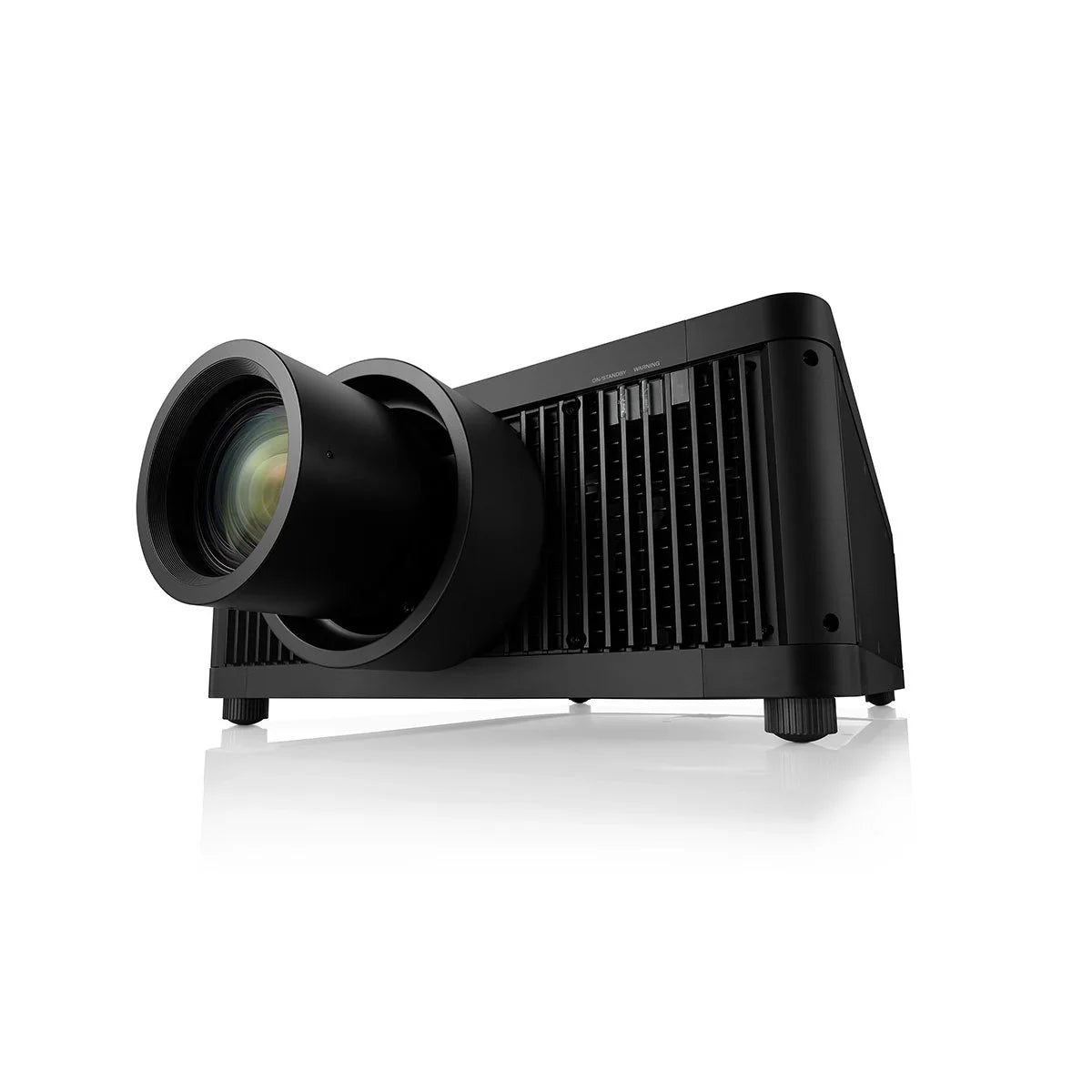
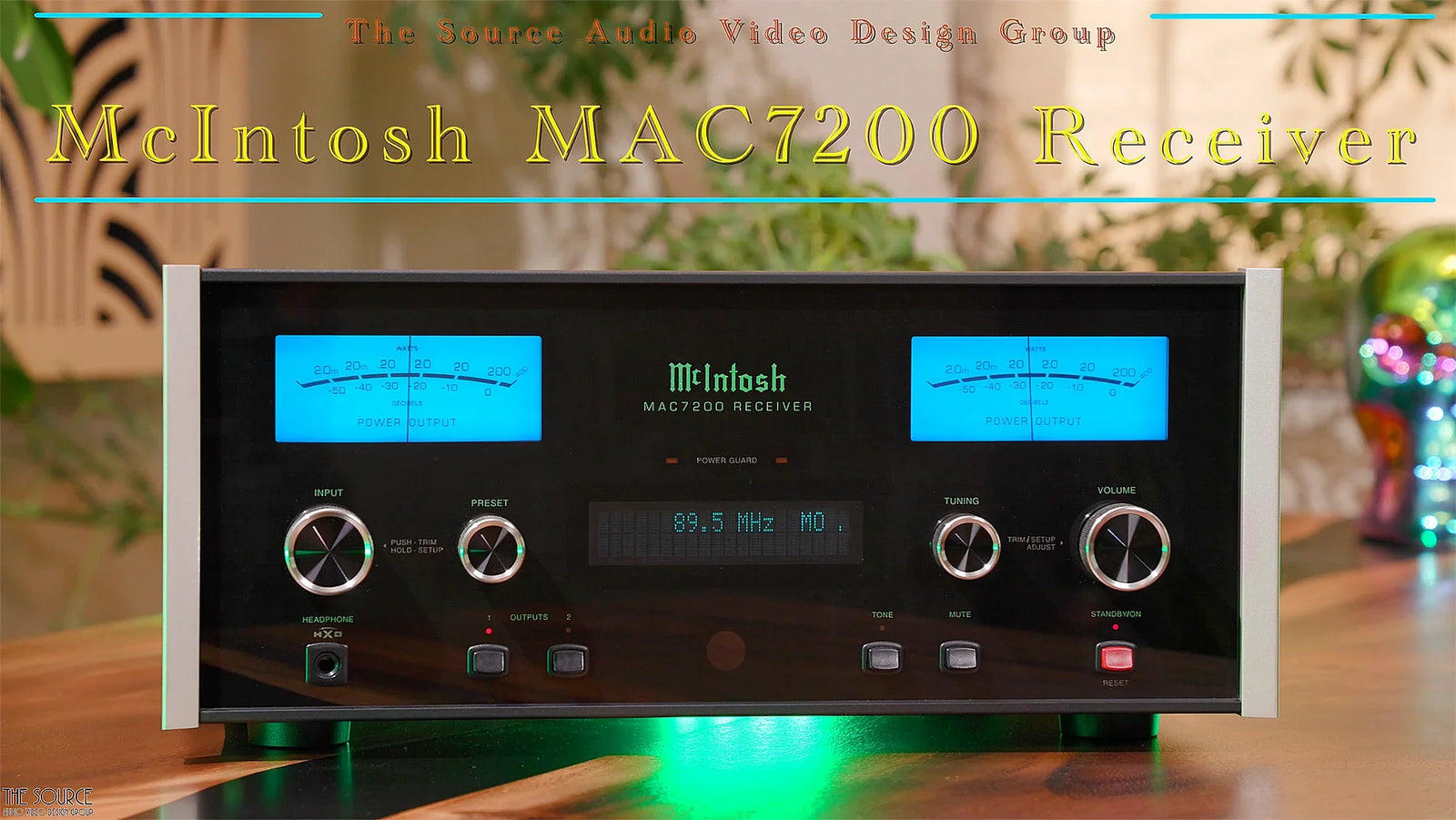







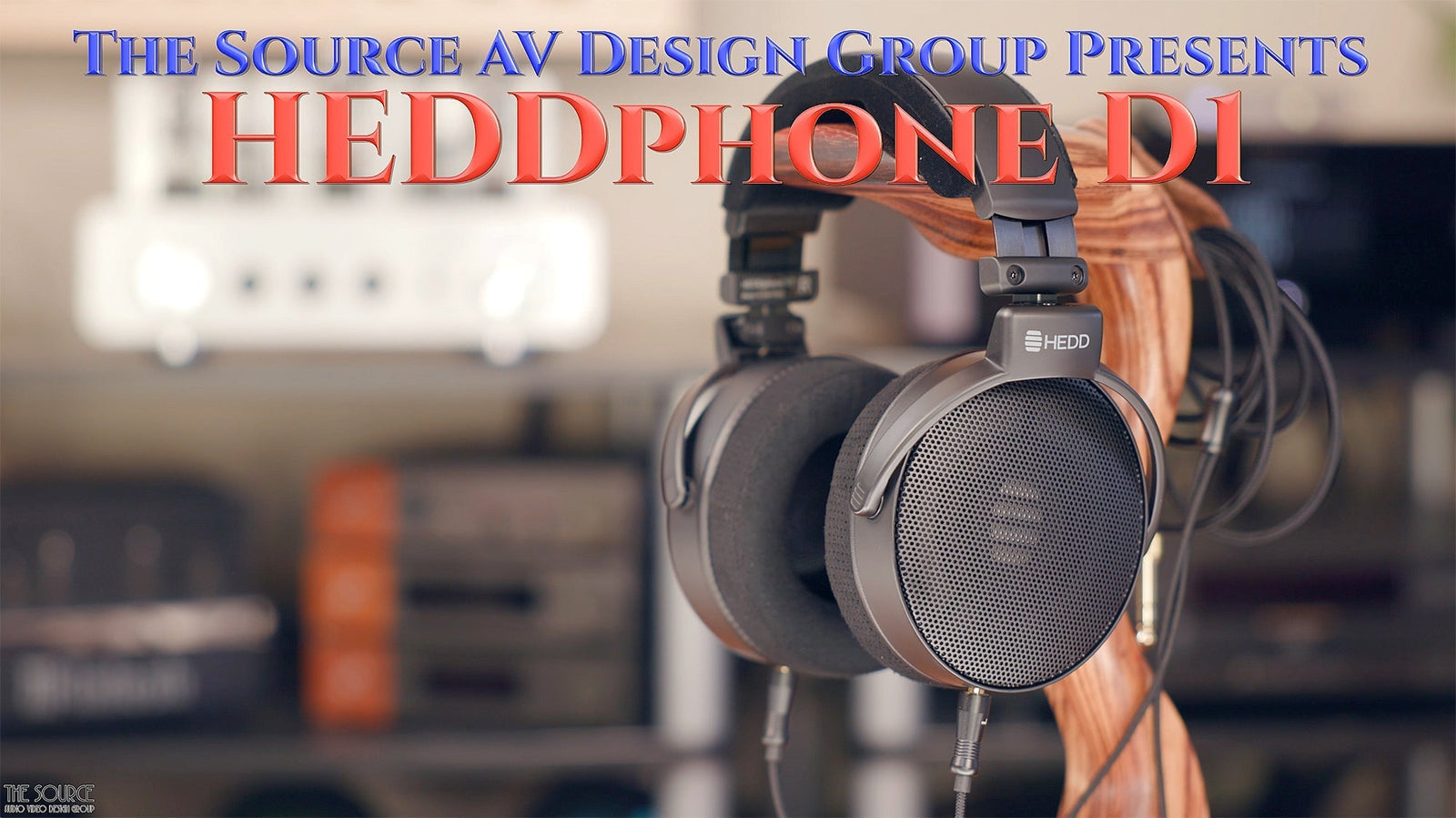
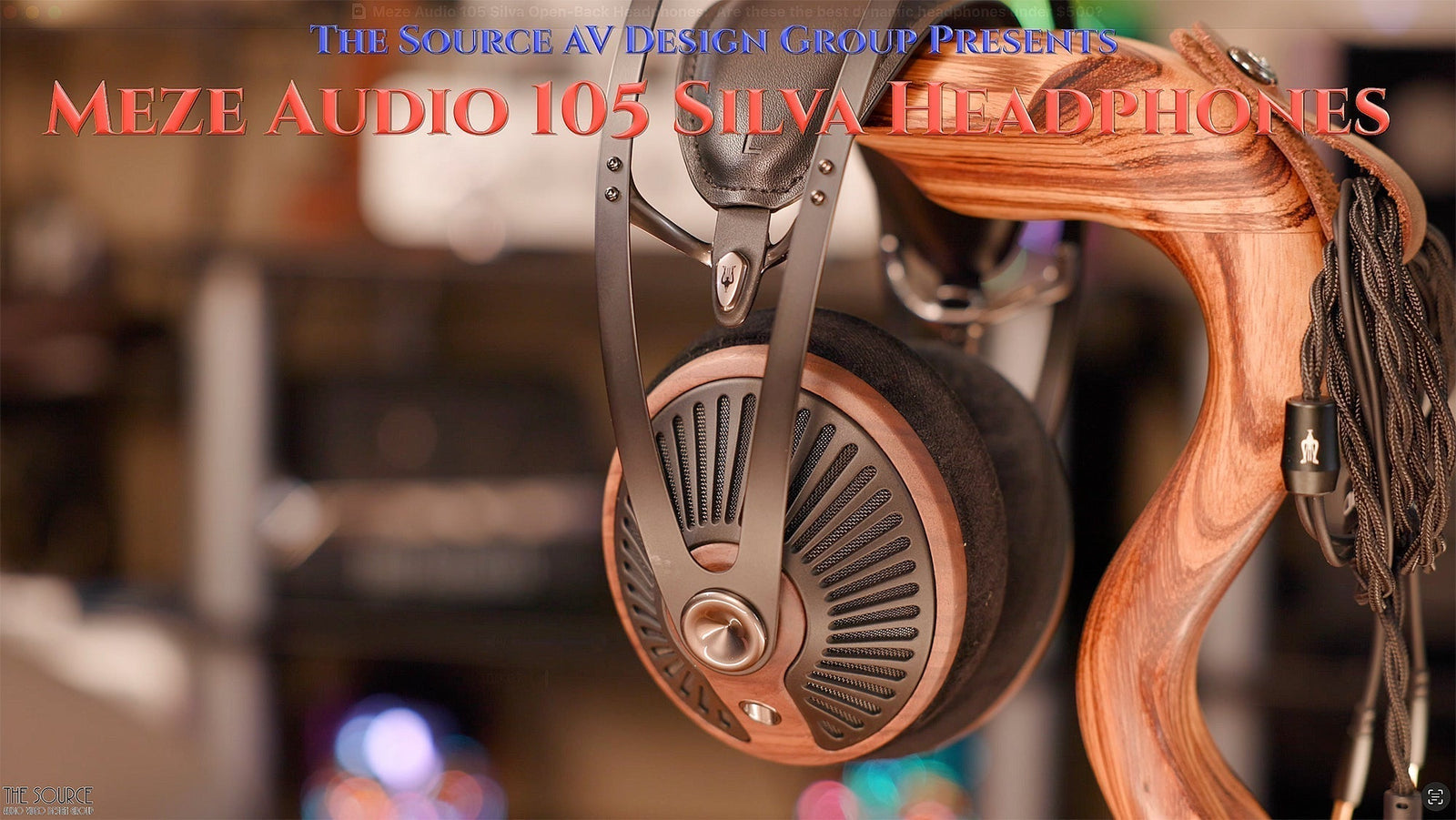
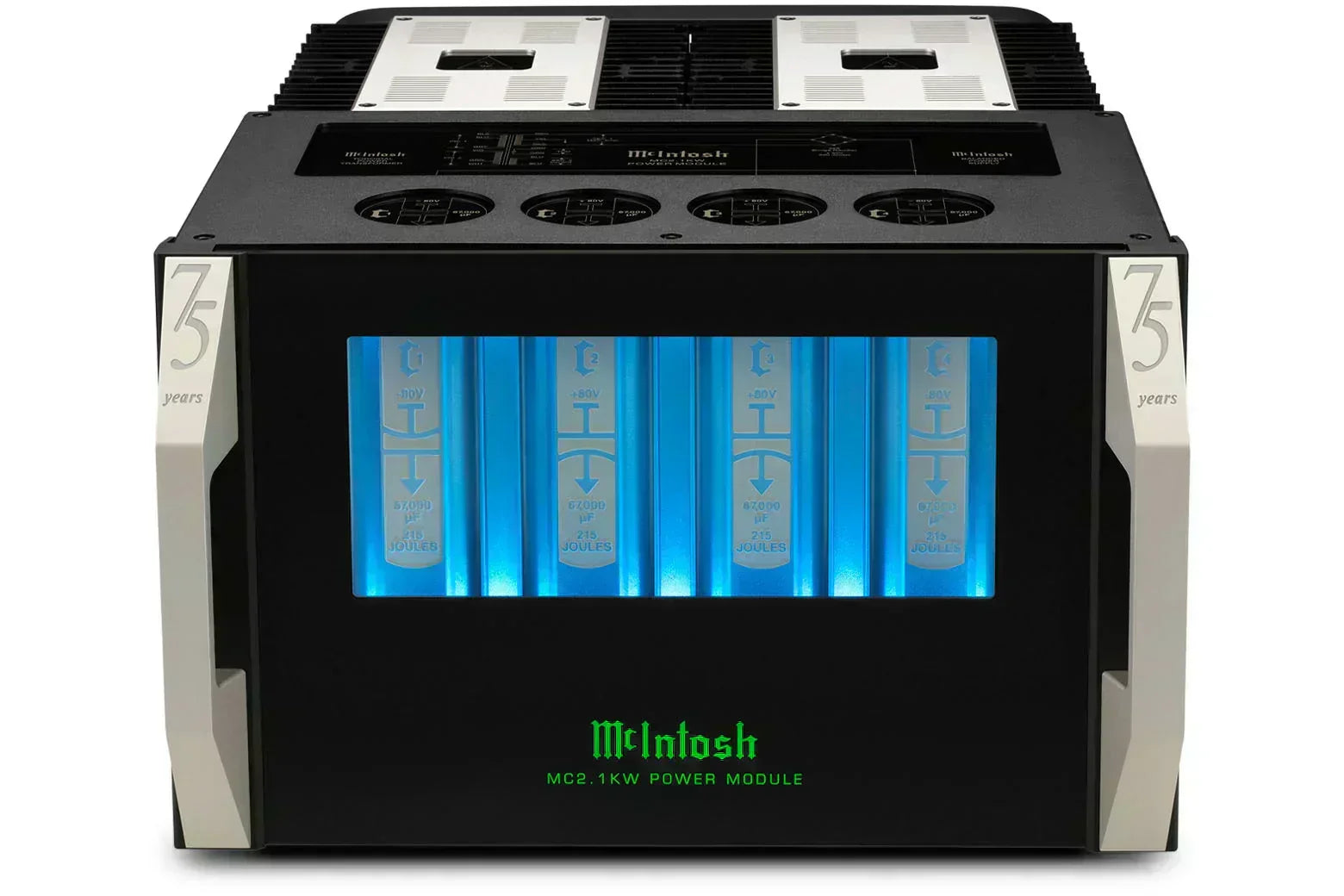
Leave a comment (all fields required)